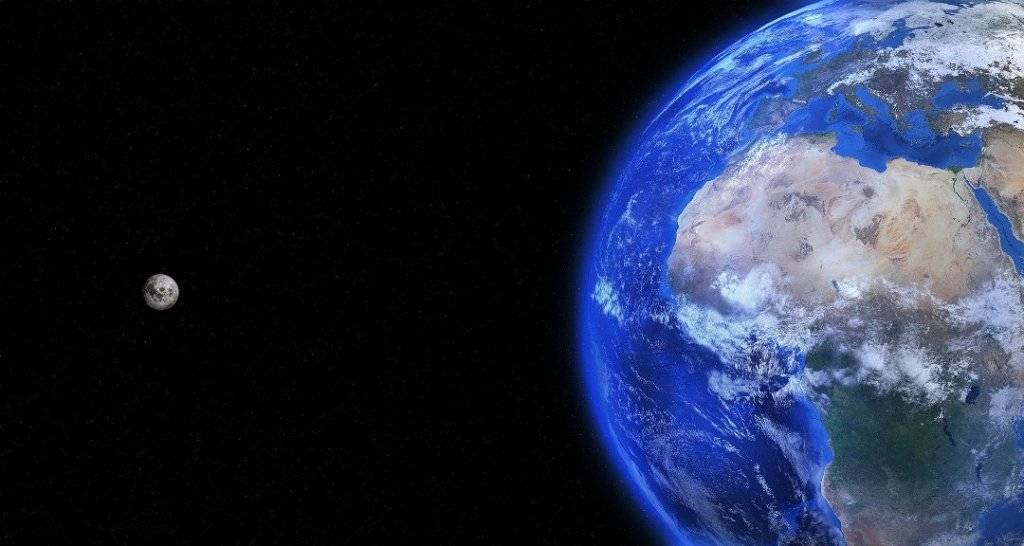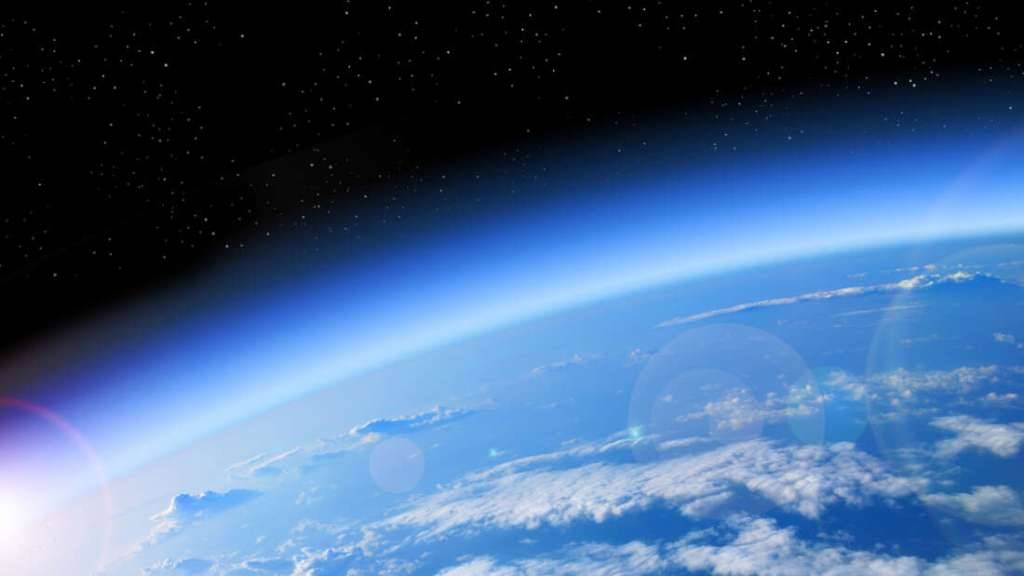
The thickness of the stratosphere has decreased by around 400 meters (1,312 feet) since 1980, and scientists fear that this contraction could reach 1.3 kilometers (0.8 miles) by 2080. A new study confirms for the first time that the stratosphere has been thinning on a global scale, and that greenhouse gas emissions are primarily responsible for this.
About stratosphere
The stratosphere is a vital component of the atmosphere that extends from roughly 20 to 60 kilometers (12.4 to 37.3 miles) above the Earth’s surface, and contains the ozone layer. As such, it plays an important role in absorbing the sun’s harmful ultraviolet rays – yet previous measurements have hinted at the fact that this crucial atmospheric layer may be thinning in places.
Until now, this loss of stratospheric thickness had largely been attributed to the depletion of the ozone layer as a result of the widespread use of chlorofluorocarbons (CFCs) over numerous decades. Fortunately, though, the phasing out of CFCs has allowed the ozone layer to largely recover over the past 20 years or so, alleviating fears around lasting damage to the stratosphere.

However, this new study reveals that the stratosphere has continued to contract even as CFC use has dropped and the ozone layer has rebounded, indicating that another factor must be driving this alarming trend.
Also read: Millions of lives could be saved by climate change.
So, what’s squeezing the stratosphere?
Researchers analyzed satellite data from the past four decades, cross-referencing this with climate models that map the rise in carbon emissions over this period. Such emissions cause the troposphere – which is the atmospheric layer containing the air we breathe – to expand, thereby squeezing the stratosphere from beneath and compressing it.
Yet carbon dioxide has the opposite effect once it enters the stratosphere itself, causing it to cool. This drop in temperature forces the gases within this layer to contract, resulting in yet more thinning. According to the researchers’ data, the continued shrinking of the stratosphere correlates well with steadily increasing emissions over the past 40 years, suggesting that greenhouse gases are indeed responsible for this change.
“We discovered that the stratosphere has been contracting by more than 100 meters [328 feet] per decade since 1980, and we have proved that it’s due to greenhouse gases,” explained study author Juan Antonio Añel in an interview with the Anadolu Agency.
“In a plausible climate change scenario, our planet’s stratosphere could lose 4% of its vertical extension (1.3 km) [0.8 miles] from 1980 to 2080,” he said.
Exactly what consequences this scenario would entail remain to be seen, although the study authors conclude that “it may affect satellite trajectories,” as well as “the propagation of radio waves, and eventually the overall performance of the Global Positioning System (GPS) and other space-based navigational systems.”
Source: https://www.iflscience.com/environment/greenhouse-gas-emissions-shrinking-stratosphere/

















